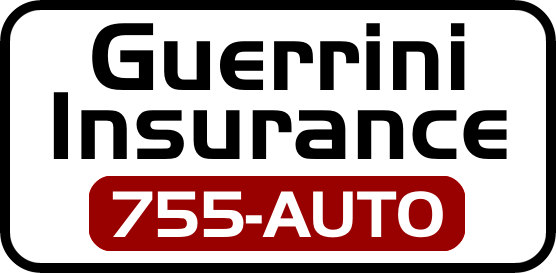Insurance Questions
What are the requirements in Pennsylvania for automobile insurance?
Pennsylvania requires owners of registered vehicles to carry liability insurance with the minimum requirements of $15,000.00 per person $30,000.00 per accident for bodily injury and $5,000.00 for property damage. If you lease a vehicle, often the leasing company will require liability limits of $100,000.00 per person $300,000.00 per accident for bodily injury and $50,000.00 for property damage. In addition, Pennsylvania requires $5,000.00 in medical expense coverage.
Do I need comprehensive and collision coverage?
If the vehicle is financed or leased you will need comprehensive and collision coverage. Comprehensive coverage provides protection from losses because of fire, theft, vandalism, or hitting an animal. Collision coverage provides protection from a loss because of hitting another vehicle. Even if the vehicle is not financed or leased, you may want to have comprehensive and collision coverage (especially if you own a newer vehicle). If you decide to purchase comprehensive and collision you will need to select a deductible, (this is the dollar amount you pay first in the event of a loss). Deductibles usually range from $100.00 – $1,000.00 (depending on the insurance company lower or higher deductibles may be available).
What will happen if my automobile insurance has a lapse?
If the lapse is more than 30 days, PennDot will suspend the tags and registration on the vehicle for 90 days. If the lapse is less than 30 days PennDot will not issue a suspension on the tags and registration. Provided insurance is current, vehicle has not been operated during the lapse, and a MV 221 is completed
How do violations, accidents, and comprehensive claims affect my automobile insurance premium?
Any violation, accident, or comprehensive claim will remain on your insurance policy for 3 years. Most insurance companies will assign 3 points to an at – fault – accident, resulting in a surcharge to your policy of approximately 20% (this varies among insurance companies). One minor violation such as failing to obey a traffic device does not result in a surcharge / or point assignment. However, two or more minor violations will result in a surcharge / and point assignment (varies among insurance companies). Comprehensive claims and not – at – fault accidents may or may not affect your insurance premium.
What is the difference between limited tort and full tort?
Tort is your ability to sue for “pain and suffering” as a result of being involved in an automobile accident. Pennsylvania allows purchasers of automobile insurance to select the extent of the ability to sue. Under the Limited Tort option your right to sue for “pain and suffering” is limited to the following circumstances: 1) You must have been seriously injured, 2) The other driver must have been under the influence of alcohol or drugs at the time of the accident, or 3) The other driver must be a resident from another State. Under the Full Tort option no restrictions apply. Full Tort is more expensive. Regardless of your tort option you are still able to recover your out – of – pocket expenses (if the other driver is at fault). Out – Of Pocket – Expenses usually include medical expenses and income loss.
Is full tort and full coverage one in the same?
Many of our customers are confused on the terminology. The answer is no. See the above question for the definition of full tort. The term “full coverage”, refers to comprehensive and collision coverage, (may include rental and towing coverage), and does not apply to your tort option.
What is uninsured and underinsured motorist coverage and do I need it?
Pennsylvania does not require this coverage, however we recommend this coverage to all of our customers. Uninsured (UM) and Underinsured (UIM) motorist coverage is inexpensive. UM and UIM provides coverage for bodily injury because of being involved in an accident with someone without insurance or inadequate insurance.
What discounts is available to reduce my automobile insurance premium?
Most insurance companies offer discounts on your automobile policy if you can provide proof of the following: homeowner, AAA membership, and completion of safe driving course for people 55 years of age or older. Also, if you transfer your automobile insurance from one company to another, a transfer discount is available. Some insurance companies will offer discounts for being a safe driver or having a “claims free” policy.
